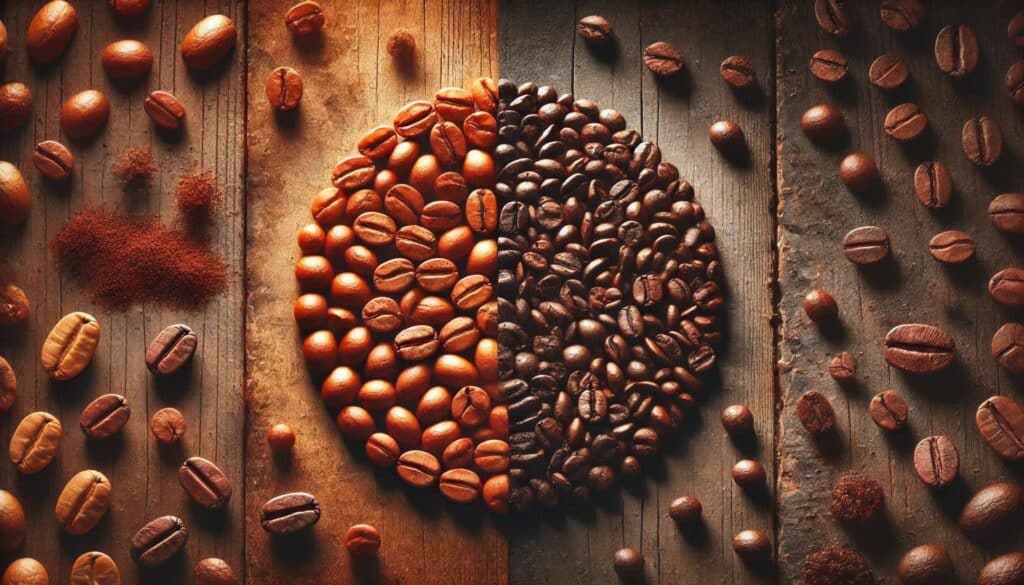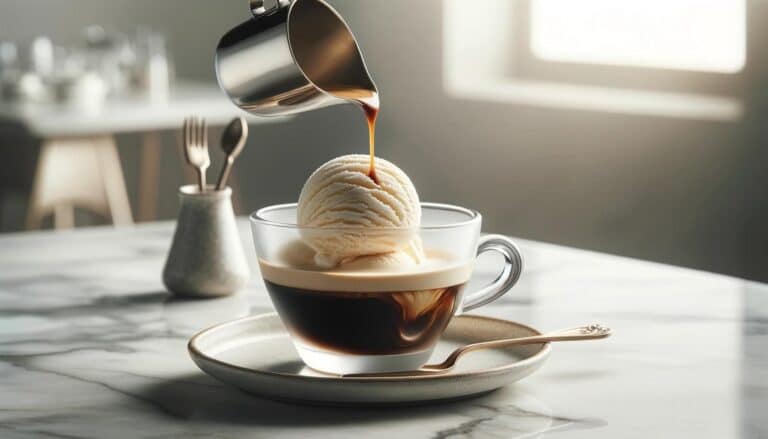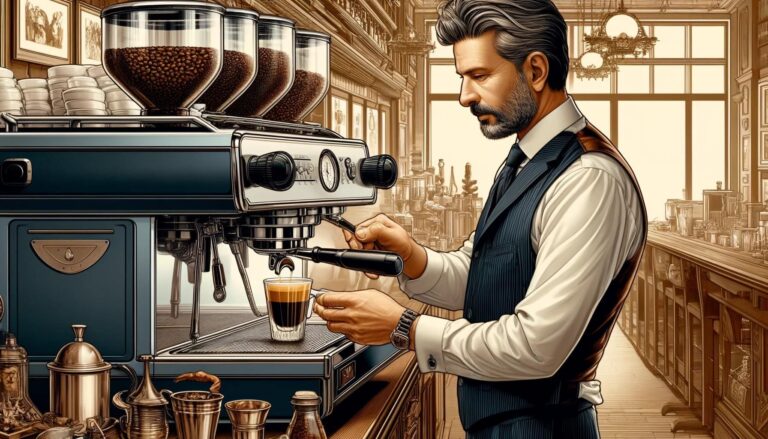Coffee is a global staple, cherished for its diverse flavors, rich aromas, and energizing properties. Two primary species of coffee beans dominate the market: Arabica (Coffea arabica) and Robusta (Coffea canephora). Understanding the differences between these beans can enhance your appreciation of coffee and help you make more informed choices. This comprehensive guide delves into the characteristics, cultivation, and uses of Arabica and Robusta coffee beans.
Origin and Cultivation

Arabica Beans
Arabica beans are often considered the superior coffee variety, representing about 70-80% of global coffee production. They were first discovered in the high-altitude regions of Ethiopia, where legend has it that coffee was brewed as early as the 12th century. Arabica plants are more delicate, requiring specific growing conditions, such as higher altitudes (600-2,000 meters above sea level), cooler climates, and ample rainfall. These plants are prone to diseases like coffee leaf rust and pests, making them more challenging to cultivate.
Arabica coffee plants are usually pruned to around 2 meters to facilitate harvesting, although they can grow up to 5 meters tall. These plants are self-pollinating, meaning they have two sets of chromosomes, which contributes to the stability of their genetic traits. The beans themselves are oval-shaped, flat, and contain more lipids and sugars than Robusta beans, contributing to their sweeter taste profile.
Robusta Beans
Robusta beans account for about 20-30% of global coffee production. Originating from central and western sub-Saharan Africa, Robusta coffee plants are hardier and can grow at lower altitudes (sea level to 600 meters). They thrive in hotter climates and are more resistant to diseases and pests due to their higher caffeine content, which acts as a natural insect repellent.
Robusta plants are larger and more robust, with the ability to grow up to 10 meters tall. Unlike Arabica, Robusta beans are rounder and smaller, with a more bitter taste. They are often described as having a harsher, more earthy flavor, which can be attributed to their higher chlorogenic acid content. This acid is beneficial in small quantities, adding complexity to the flavor, but in higher concentrations, it can impart undesirable bitterness.
Flavor Profiles and Uses
Arabica Coffee
Arabica beans are prized for their smooth, complex flavors. They typically have a sweeter taste with notes of fruit, sugar, and chocolate, and often feature a pleasing acidity. This complexity makes Arabica the preferred choice for high-quality, specialty coffees. The nuanced flavor profile of Arabica beans is best appreciated when brewed as drip coffee, pour-over, or French press.
Because of their superior taste, Arabica beans command higher prices on the market. They are often used in single-origin coffees, where the unique characteristics of beans from specific regions are highlighted. Notable varieties of Arabica include Typica and Bourbon, with mutations like Caturra, Blue Mountain, and Mundo Novo adding to the diversity.
Robusta Coffee
Robusta beans are often associated with a strong, bold flavor. They have a more pronounced bitterness, with notes that are often described as grainy or nutty, and can sometimes have a rubbery or woody aftertaste. Due to their high caffeine content, Robusta beans produce a thicker crema, making them a popular choice for espresso blends.
Robusta is typically used in instant coffee, pre-ground coffee, and espresso blends. The beans are less expensive to produce due to their resilience and higher yield, making them a cost-effective option for commercial coffee products. Despite their reputation for lower quality, there is a growing movement to recognize and appreciate the unique qualities of Robusta, particularly in regions like Vietnam, the largest producer of Robusta coffee.
Economic and Environmental Impact
The cultivation of Arabica and Robusta beans has significant economic and environmental implications. Arabica beans, being more susceptible to climate change and diseases, pose a challenge for farmers who rely on stable, high-quality yields. The delicate nature of Arabica plants means they require more precise growing conditions and are more labor-intensive to harvest.
Robusta beans, on the other hand, offer a more sustainable option for coffee cultivation. Their hardiness and resistance to adverse conditions make them a viable crop in regions affected by climate change. As global temperatures rise, the ability to cultivate Robusta in diverse environments may become increasingly important. This resilience not only ensures a steady supply of coffee but also provides economic stability for farmers in developing regions.

Blending and Brewing
While some coffee purists might prefer single-origin Arabica for its refined flavors, blending Arabica and Robusta beans can create a balanced and dynamic coffee experience. Blends that incorporate Robusta beans can enhance the body and crema of espresso, adding depth and richness to the cup. For example, Italian espresso blends often include a portion of Robusta to achieve a robust, full-bodied flavor.
Experimenting with different brewing methods can also highlight the distinct characteristics of each bean type. Arabica beans shine in methods that emphasize their complex flavors, such as pour-over and cold brew. Robusta beans, with their bold and intense profile, are well-suited for espresso, French press, and even drip coffee methods that can mellow their harsher notes.
Future of Coffee
As the coffee industry faces the challenges of climate change and evolving consumer preferences, the role of Arabica and Robusta beans will continue to evolve. Efforts to develop more resilient Arabica varieties and improve the quality of Robusta beans are underway, aiming to ensure a sustainable and diverse coffee future.
In regions like Vietnam, initiatives to promote single-origin Robusta are gaining traction, challenging the perception that Robusta is inferior. By improving cultivation techniques and processing methods, producers can enhance the flavor profiles of Robusta beans, making them a worthy competitor to Arabica in the specialty coffee market.
Conclusion
The choice between Arabica and Robusta beans ultimately comes down to personal preference and intended use. Arabica offers a sweeter, more nuanced flavor that is ideal for specialty coffee enthusiasts, while Robusta provides a bold, intense experience that excels in espresso and commercial blends. By understanding the unique characteristics and benefits of each bean type, coffee lovers can appreciate the diverse world of coffee and make informed choices that suit their tastes and needs.
Whether you prefer the refined elegance of Arabica or the robust power of Robusta, both beans have their place in the rich tapestry of coffee culture. Experimenting with different blends and brewing methods can open new horizons and deepen your appreciation for this beloved beverage. As the coffee industry adapts to new challenges and opportunities, the future of coffee promises to be as exciting and dynamic as its past.
Frequently Asked Questions and Answers
1. What are the main differences between Arabica and Robusta coffee beans?
Arabica and Robusta are the two primary types of coffee beans, each with distinct characteristics. Arabica beans, grown in higher altitudes and cooler climates, offer a sweet, complex flavor with higher acidity and less caffeine. They are larger, oval-shaped, and more delicate, leading to higher market prices and preference in specialty coffee. Robusta beans, thriving in warmer, lower-altitude regions, have a stronger, bitter taste with higher caffeine content. These beans are smaller, rounder, and more resilient, resulting in higher yields and lower costs. Robusta is commonly used in instant coffee and espresso blends for added strength and crema.
2. Which coffee bean has more caffeine, Arabica or Robusta?
Robusta beans contain more caffeine than Arabica beans, with Robusta having about 2.7% caffeine content compared to Arabica’s 1.5%.
3. Why is Arabica coffee considered superior to Robusta?
Arabica coffee is often considered superior due to its complex, nuanced flavors and smoother taste, which are preferred by coffee connoisseurs and specialty coffee markets.
4. What makes Robusta coffee beans more resilient than Arabica?
Robusta coffee plants are hardier and more resistant to diseases and pests due to their higher caffeine content, which acts as a natural insect repellent, allowing them to thrive in harsher environments.
5. How do growing conditions differ between Arabica and Robusta coffee plants?
Arabica coffee plants require high altitudes, cooler temperatures, and specific growing conditions, whereas Robusta plants can grow at lower altitudes, in hotter climates, and are more adaptable to various environments.
6. Can Arabica and Robusta beans be blended together?
Yes, Arabica and Robusta beans are often blended together to create balanced coffee blends, with Arabica providing sweetness and complexity, and Robusta adding body and a stronger flavor.
7. Why is Robusta commonly used in espresso blends?
Robusta is favored in espresso blends because it produces a better crema (the creamy layer on top of an espresso shot) and adds a bold, intense flavor that complements the espresso profile.
8. How does the flavor profile of Arabica beans differ from that of Robusta beans?
Arabica beans typically have a smoother, sweeter flavor with fruity and floral notes, while Robusta beans are more bitter, with earthy and nutty flavors.






